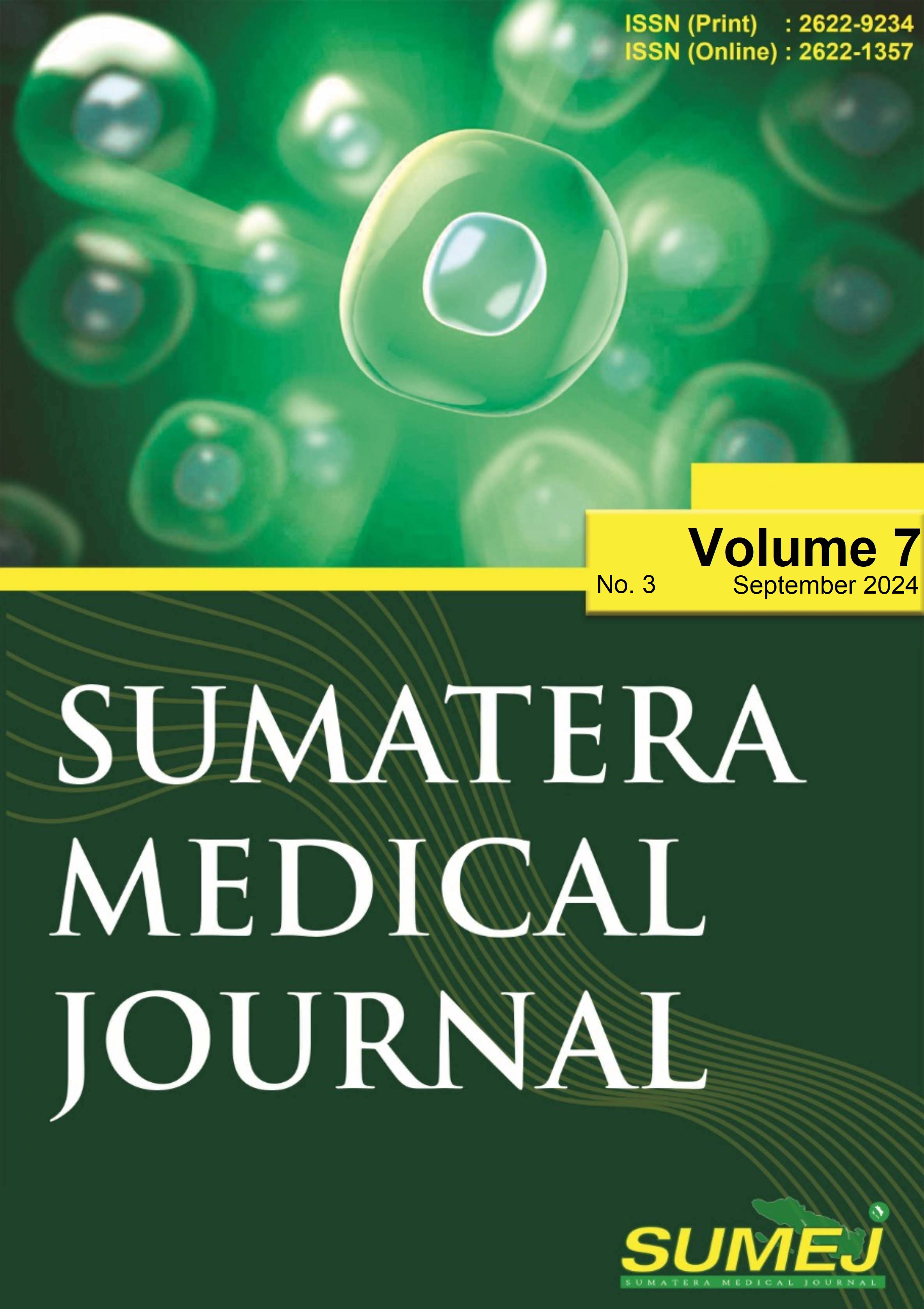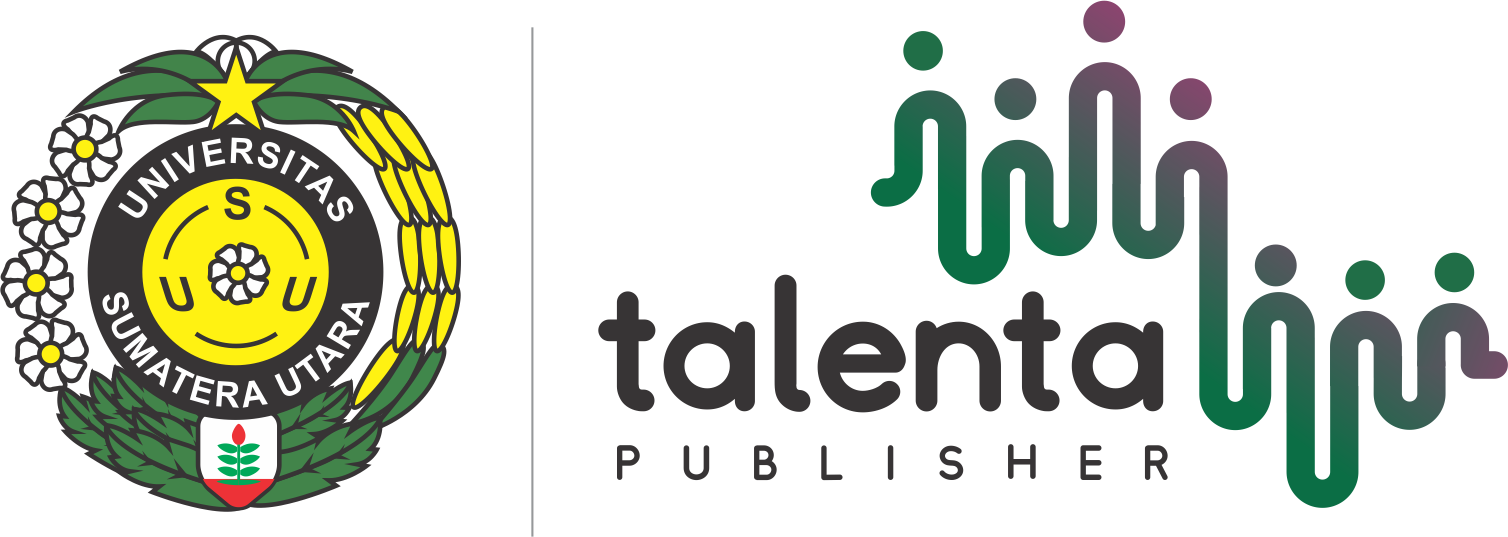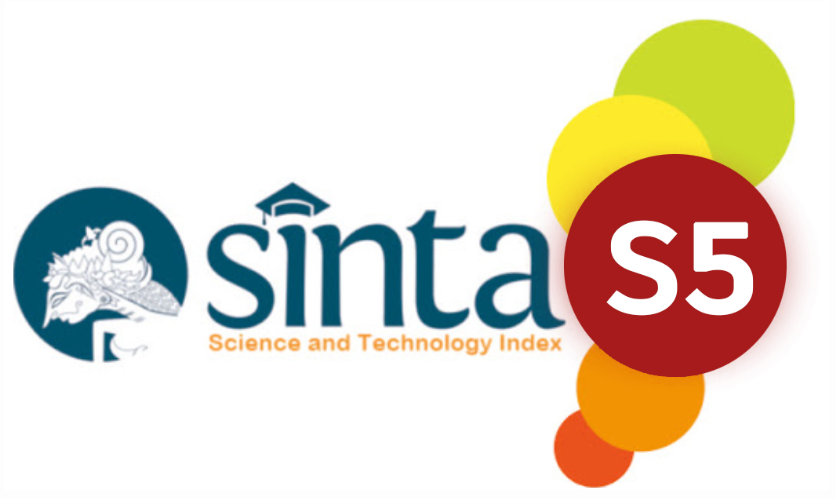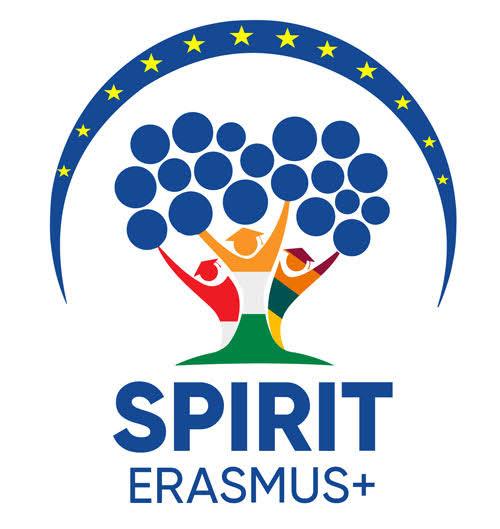Parasite Contamination of Water Source at Pangkalan Masyhur Sub-district, Medan Johor District
DOI:
https://doi.org/10.32734/sumej.v7i3.11826Keywords:
contamination, parasites, water, wormAbstract
Background: Water utilization by humans and animals can generate biological pollutants which may contaminate the water. These contaminants come from waste products that may contain bacteria, protozoa, and other parasites. Objective: The aims of this study was to determine the contamination of water source by pathogens, particularly parasites at Medan, North Sumatera, Indonesia. Methods: This was a descriptive study with cross sectional design and simple random sampling. Results: We found Paramecium caudatum from nine samples (8,7%) collected from the open wells and the nearby river streams, followed by hookworm larva in one tap water sample (1%). Conclusion: No protozoa such as Entamoeba spp., Cryptosporidium spp., and Giardia spp. found in any of the samples. Based on this data, the abundant presence of P.caudatum represented the condition of high organic debris in the open wells and the nearby river streams. Additionally, the presence of hookworm larva in the tap water indicated the distribution system was contaminated with the surrounding soil.
Downloads
References
World Health Organization. Water. WHO Regional Office for Africa; 2015. Available from: https://www.afro.who.int/health-topics/water [Accessed 2023 Apr 15].
World Health Organization. Guidelines for drinking-water quality. 4th ed. Geneva: World Health Organization; 2022. Available from: https://iris.who.int/bitstream/handle/10665/352532/9789240045064-eng.pdf?sequence=1
Marie C, Petri WA Jr. Amoebic dysentery. BMJ Clin Evid. 2013;2013:0918. PMID: 23991750; PMCID: PMC3758071.
Centers for Disease Control and Prevention. Amebiasis. CDC; 2019. Available from: https://www.cdc.gov/dpdx/amebiasis/index.html [Accessed 2024 Jul 18].
European Centre for Disease Prevention and Control. Cryptosporidiosis. ECDC; 2012. Available from: https://www.ecdc.europa.eu/en/cryptosporidiosis [Accessed 2024 Jul 18].
Gharpure R, et al. Cryptosporidiosis outbreaks — United States, 2009–2017. MMWR Morb Mortal Wkly Rep. 2019;68(25):568–572. https://doi.org/10.15585/mmwr.mm6825a3
Hooshyar H, et al. Giardia lamblia infection: review of current diagnostic strategies. Gastroenterol Hepatol Bed Bench. 2019;12(1):3–12.
Centers for Disease Control and Prevention. CDC - DPDx – Giardiasis. CDC; 2019. Available from: https://www.cdc.gov/dpdx/giardiasis/index.html [Accessed 2024 Jul 18].
Adeyemo FE, et al. Efficiency of chlorine and UV in the inactivation of Cryptosporidium and Giardia in wastewater. PLoS One. 2019;14(5):e0216040. https://doi.org/10.1371/journal.pone.0216040
Camacho M, et al. Lutz’s spontaneous sedimentation technique and the paleoparasitological analysis of sambaqui (shell mound) sediments. Mem Inst Oswaldo Cruz. 2013;108(2):155–159. https://doi.org/10.1590/0074-0276108022013005
Caldwell FC, Caldwell EL. Preliminary report on observations on the development of ova of pig and human Ascaris under natural conditions, and studies of factors influencing development. J Parasitol. 1928;14(4):254. https://doi.org/10.2307/3271383
Uslu H, Aktas O, Uyanik MH. Comparison of various methods in the diagnosis of Entamoeba histolytica in stool and serum specimens. Eurasian J Med. 2016;48(2):124–129. https://doi.org/10.5152/eurasianjmed.2015.0074
Tanyuksel M, Petri WA Jr. Laboratory diagnosis of amebiasis. Clin Microbiol Rev. 2003;16(4):713–729. https://doi.org/10.1128/CMR.16.4.713-729.2003
Chique C, et al. Cryptosporidium spp. in groundwater supplies intended for human consumption – A descriptive review of global prevalence, risk factors and knowledge gaps. Water Res. 2020;176:115726. https://doi.org/10.1016/j.watres.2020.115726
Ramírez-Castillo FE, et al. Waterborne pathogens: detection methods and challenges. Pathogens. 2015;4(2):307–334. https://doi.org/10.3390/pathogens4020307
Madoni P. Protozoa in wastewater treatment processes: A minireview. Ital J Zool. 2011;78(1):3–11. https://doi.org/10.1080/11250000903373797
Rosada KK, Adiarni N, Sunardi. Potensi Paramecium caudatum dalam mereduksi bahan organik dan bakteri coliform pada limbah cair rumah sakit. Pros Sem Nas Jurusan Biologi FMIPA UNPAD. 2013;314.
Baker JM, et al. The associations between water and sanitation and hookworm infection using cross-sectional data from Togo's national deworming program. PLoS Negl Trop Dis. 2018;12(3):e0006374. https://doi.org/10.1371/journal.pntd.0006374.
Downloads
Published
How to Cite
Issue
Section
License
Copyright (c) 2024 Sumatera Medical Journal

This work is licensed under a Creative Commons Attribution-ShareAlike 4.0 International License.
The Authors submitting a manuscript do so on the understanding that if accepted for publication, copyright of the article shall be assigned to Sumatera Medical Journal (SUMEJ) and Faculty of Medicine as well as TALENTA Publisher Universitas Sumatera Utara as publisher of the journal.
Copyright encompasses exclusive rights to reproduce and deliver the article in all form and media. The reproduction of any part of this journal, its storage in databases and its transmission by any form or media, will be allowed only with a written permission from Sumatera Medical Journal (SUMEJ).
The Copyright Transfer Form can be downloaded here.
The copyright form should be signed originally and sent to the Editorial Office in the form of original mail or scanned document.











